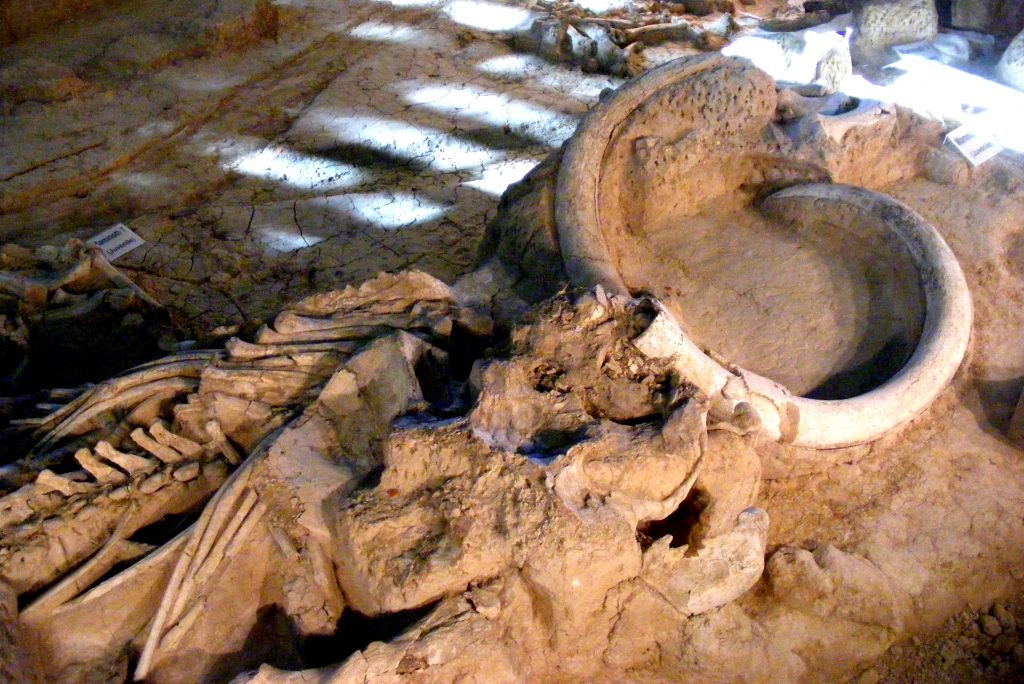Chinese customs officers have seized more than a tonne of tusks from animals that have been extinct for thousands of years – mammoths.
As state media reveals the scale of the haul of mammoth tusks, seized in north-east China in February, Douglas MacMillan explains why this ivory trade should not be banned.
“African elephants are iconic species threatened by ivory poaching. Poaching levels remain very high in historical terms because highly-organised criminal networks, attracted by high profits, can avoid protection and enforcement measures. There is an urgent need to improve our understanding of the dynamics of the ivory trade, however the lack of reliable long-term data on trade volumes and prices, and the clandestine nature of the trade, severely curtails analysis in this complex policy arena.
“China is recognised as a leading destination for illegally-sourced ivory and has recently undertaken significant measures to curtail supply and reduce demand and is proposing to end the domestic trade in 2017. As a consequence of tougher enforcement action initiated in 2010, together with stockpile destruction, there has been a major spike in ivory prices and poaching between 2011-13 due largely to speculative demand on the black market. More recent declines in ivory price are largely a result of an unprecedented drive to curb corruption and slower economic growth in China. For example, in 2014 and 2015, China’s GDP growth rate was growing at a relatively modest 6-7% compared to 9.3% in 2011.
“The recently announced domestic ban on the internal ivory trade in China may well lead to further falls in poaching, but as experience has shown with other illegal markets, there are grounds to believe that poaching will not be eradicated and high prices on the black market will continue to attract poachers and smugglers.
“Currently, trading of mammoth ivory remains legal in China and it should remain so as an outright ban may only succeed in bolstering key players in the black market as businesses seek to maintain activity. Recent research found that mammoth ivory, which is very similar in colour and texture to elephant ivory, reduced prices by around USD100 per kilogram which in turn reduced poaching rates. Using empirical data they found that a one tonne increase in Russian mammoth ivory exports causes a decrease in seizures of illegal African elephant ivory of 0.8 tonnes.
“I therefore propose that the long-term key to curtailing elephant poaching is managing the legal mammoth ivory trade appropriately in the short-term, to ensure that ivory prices are kept lower than they otherwise are under the current regulatory regime in China.”

